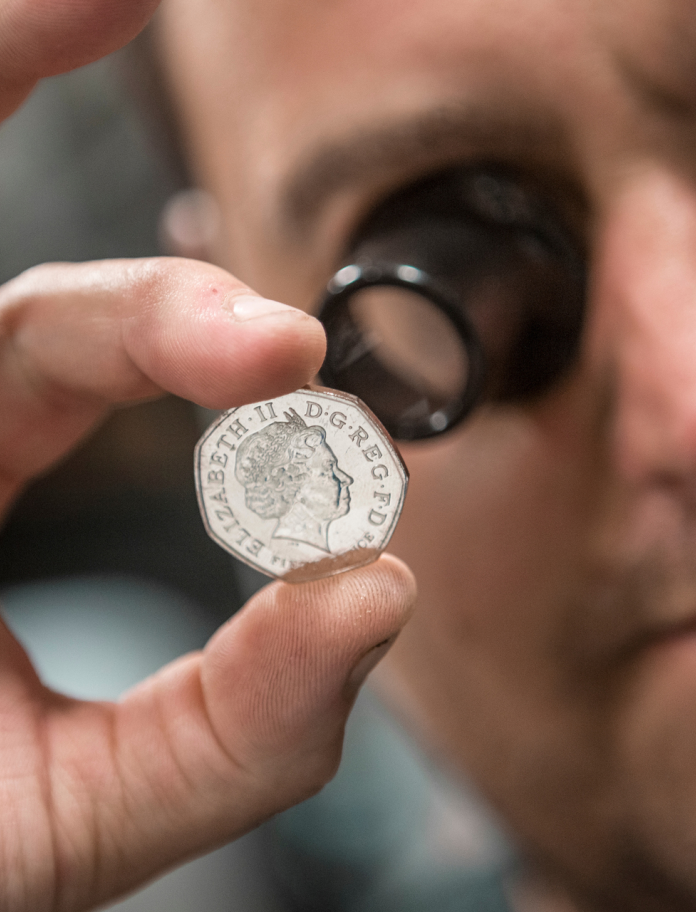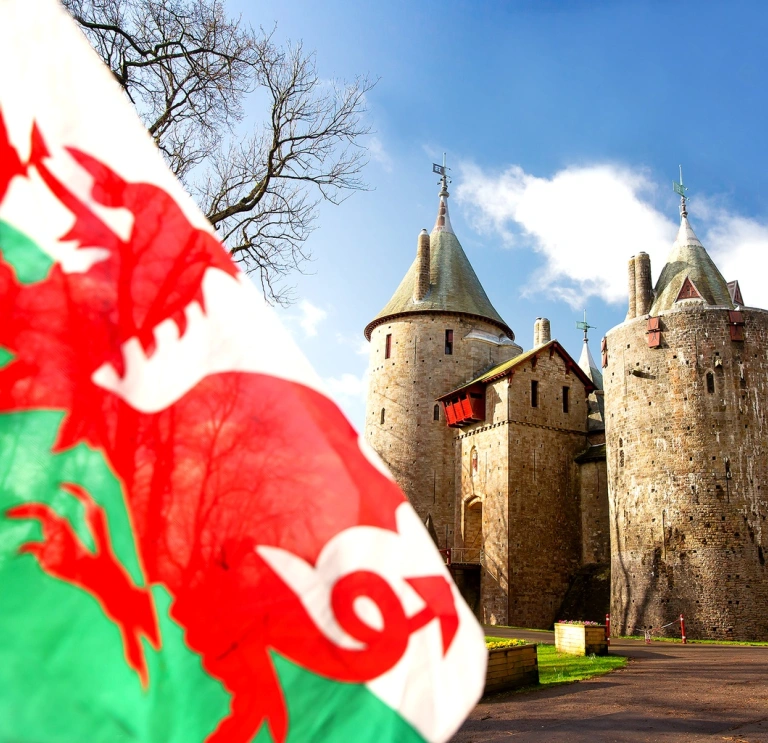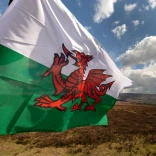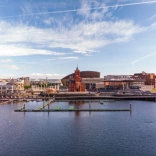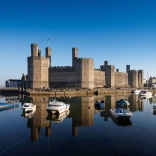The basics:
- Population: 3.1 million people. 4.6 per cent of the UK population.
- Location: Wales is on the island of Great Britain, to the west of England.
- Size: Around 8,023 square miles (20,779 km2) in area
- Time Zone: GMT
- Currency: Pound Sterling
- National Day: St David’s Day, 1 March
- National symbols: The dragon, daffodil and leek are three of a number of national symbols.
- National Anthem: Hen Wlad fy Nhadau (Land of my Fathers)
- Government: Devolved Government with a First Minister, Cabinet and elected Parliament who meet in the Senedd (parliament) in Cardiff Bay.
- Language: Welsh and English – Wales is a bilingual country.
- Cities: There are currently seven cities in Wales. Cardiff (Caerdydd in Welsh) the capital city of Wales has a population of around 363,000 and is located on the South East coast. To the east lies Newport (Casnewydd) and to the west is Swansea (Abertawe). Bangor – on the Menai Strait – overlooks the island of Anglesey, in North West Wales. St Davids in Pembrokeshire has a population of under 2000 and is the smallest city in the UK, and St Asaph, in North East Wales, is the second smallest city in the UK. Wrexham is our youngest city, having been awarded city status in 2022.

Geography and climate:
- Highest mountain: Yr Wyddfa (Snowdon), Eryri (Snowdonia National Park), at 1,085m (3,560ft).
- Biggest natural lake: Llyn Tegid
- Longest placename: Llanfairpwllgwyngyllgogerychwyrndrobwll-llantysiliogogogoch is the full name, which means The Church of St Mary in the hollow of the white hazel near the rapid whirlpool and the church of St Tysilio near a red cave, and it is often shortened to Llanfairpwll or Llanfair PG.
- National Parks: Wales has three National Parks, which cover 20 per cent of the country's land mass and five National Landscapes.
- Climate: Wales’ weather is mild and variable - with average temperatures of around 20°C (68°F) in summer, and 6°C (43°F) at low altitude in the winter months.
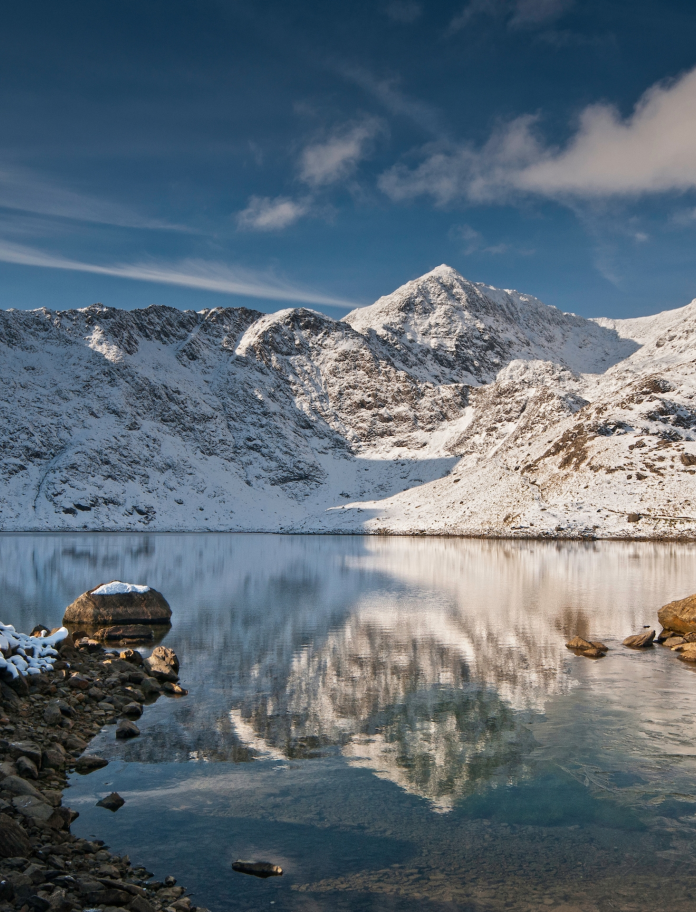
Transport and travel:
- Wales is well-connected to the rest of the UK, Ireland and mainland Europe via road, rail, sea and air.
- Cardiff is around two hours from London travelling by road or train.
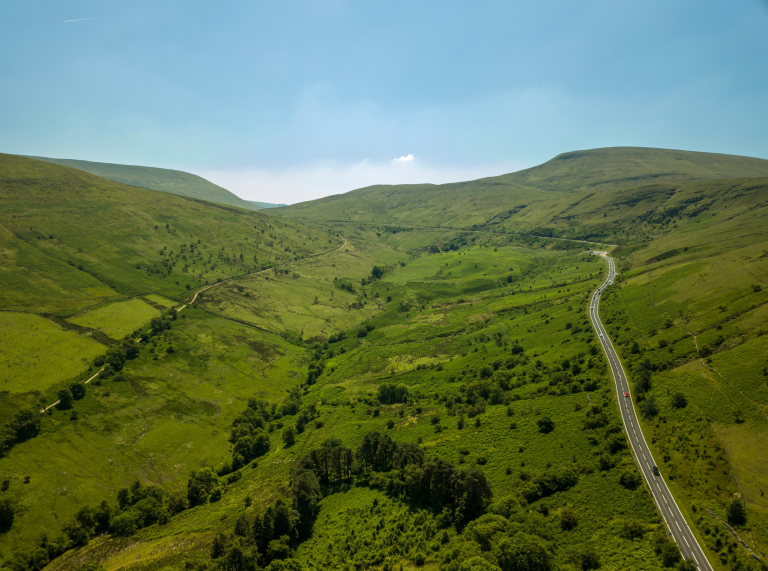
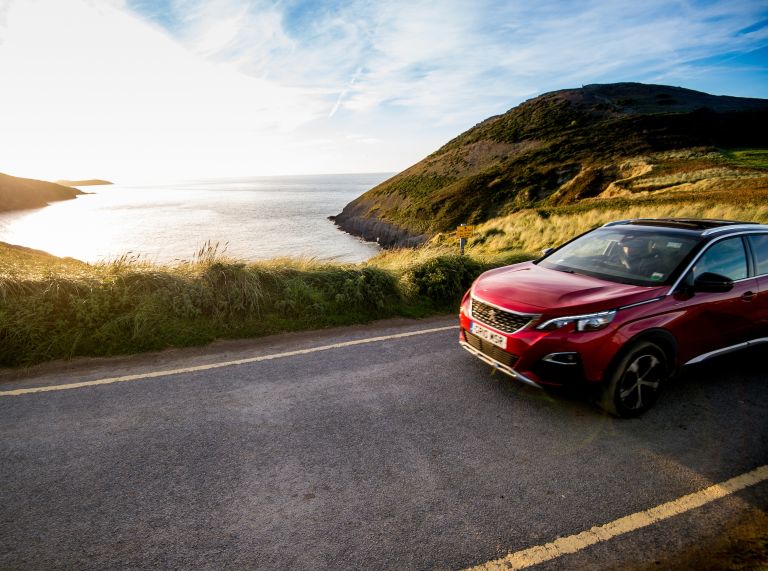
Education:
- Education is compulsory and state funded from 5-16 years of age, and delivered through Nursery, Primary, Middle, Secondary, Special and Welsh Language schools.
- Around 172,000 students study at further education institutions in Wales every year.
- There are eight universities in Wales and around 25,000 international students from over 145 countries worldwide are in higher education in Wales – making up 19% of the student population.
- Welsh universities offer a wide-range of funding options to aid studies and access to free English language support is available at all of Wales’ Universities.
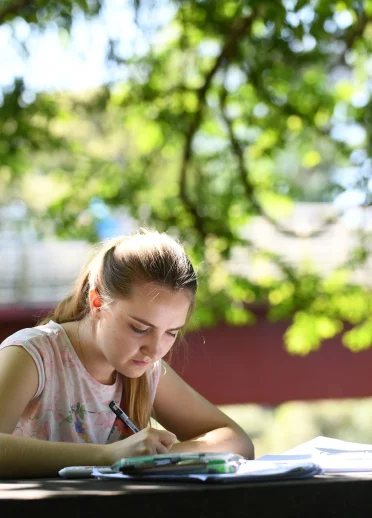
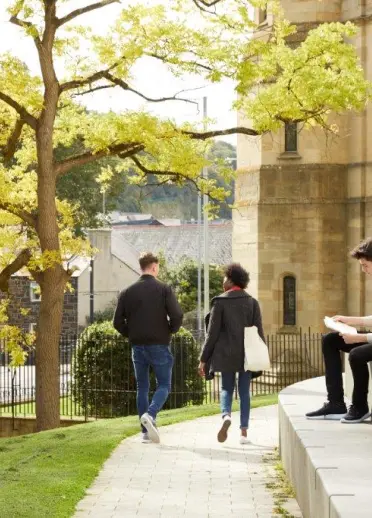
Work:
- The standard work week is 37 hours and most workers get around 5 weeks’ holiday a year.
- Prime office rentals in Cardiff are 50 per cent lower than average London rate
- Key industries in Wales include Advanced Materials and Manufacturing, the Creative Industries, Financial and Professional Services and Fintech, Energy and Environment, Food and Drink, Life Sciences, Tech and Tourism.

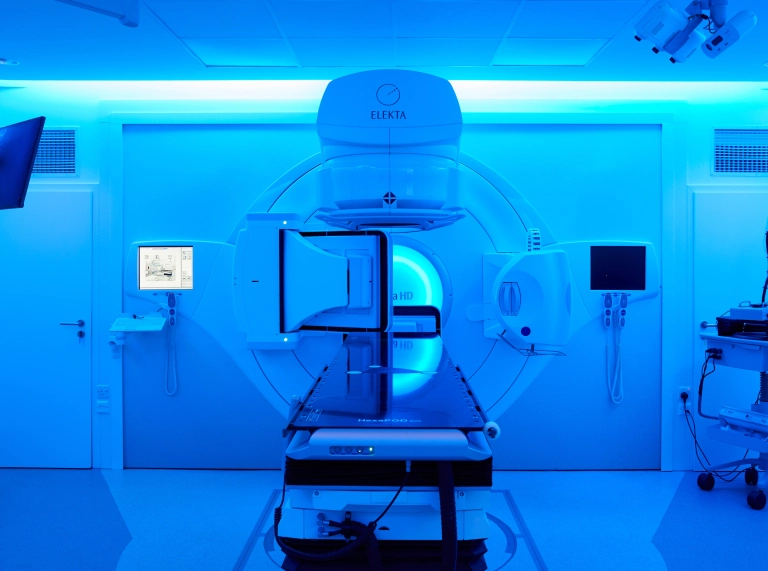
Economy:
- Businesses that come to Wales have easy access to the UK market, with its population of 66 million people.
- Wales' global exports range from refined oil from Milford Haven to Hilltop Honey, made in Newtown.
- The Royal Mint at Llantrisant makes five billion coins a year for 60 countries.
- Germany is Wales' top export destination, taking a fifth of exports.
- Wales welcomes 10 million visitors a year, including about one million international visitors.
- Wales is compact and The Wales Way network of routes offer plenty of packed itineraries to discover.
- International Convention Centre Wales in Newport – providing a stage for business meetings, events and conferences.
- Wales has hosted major global events including The Ryder Cup 2010, the NATO Wales Summit 2014, UEFA Champions League Final 2017, the Volvo Ocean Race 2018 and The ICC Cricket World Cup at Sophia Gardens in Cardiff in 2019.
